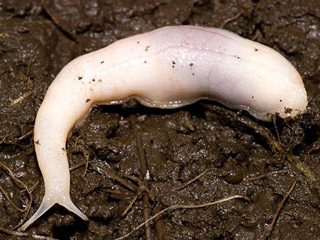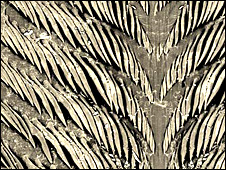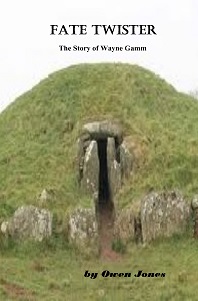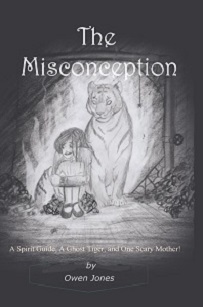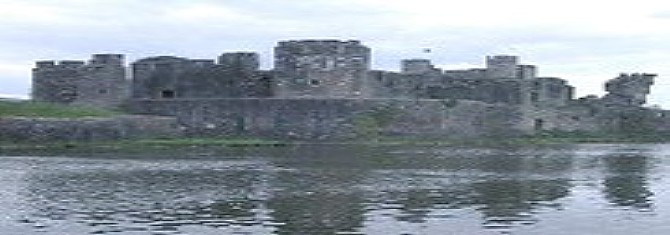
Welsh Products Online
Welsh Corgi Puppies | Welsh Gold Wedding Ring | Welsh Love Spoons | Welsh Coastal Cottages
Worm-Eating Slug Found in Welsh Gardens
A new all white worm-eating slug has been discovered in back gardens in south Wales. Gardeners in south Wales should not be surprised if they find some all-white, worm-munching slimy creatures in their flowerbeds this summer. A "ghost" slug found in a garden in Cardiff has been declared a new species by specialists at the National Museum of Wales and Cardiff University. They have given the creature a partially Welsh name, Selenochlamys ysbryda, or ghost (ysbryd) slug. Creatures of this type are more usually found in Turkey and Georgia. The origin of the ghost slug, and its route into Britain, is completely unknown, and specimens have not been seen in Europe before this was discovered in Cardiff last year. Another was spotted in nearby Caerphilly. Unlike most slugs, the ghost slug is carnivorous and kills earthworms at night with powerful, blade-like teeth, sucking them in like spaghetti. It has no eyes or bodily colouring and lives underground. "The Ghost Slug belongs to an obscure and almost unpronounceable group of slugs - the Trigonochlamydidae," said Ben Rowson, a biologist at National Museum Cardiff.
The slug's teeth are about half a mm long and blade-like
"We had to thumb through lots of old publications in Russian and German to find anything like them - but then discovered they were something entirely new." After studying the slug's anatomy, the scientists realised it was an undescribed species and christened the creature with the name adapted from the Welsh word for ghost, ysbryd. Mr Rowson said: "Selenochlamys ysbryda seemed appropriate for this spooky, nocturnal hunter and indicates where it was first found. We think this is the first time a Welsh word has been used in an animal's scientific name." Bill Symondson, an ecologist at Cardiff University, also studied the slug. He said: "The lack of eyes and body colour could indicate the species evolved in a cave system. "It was probably introduced to Britain in plant pots, making it an 'alien' species, although we can't be certain. "We're concerned that it might become a pest, but we need to find out more about it first." The museum has produced a simple identification guide available from its website to help monitor the slug's spread. by +Owen Jones | |||||||
|
Welsh Products Online | Privacy Policy
Copyright © 1998 - 2016 Welsh Products Online
Disclaimer: if you click on any link not in the nav bars, the webmaster may earn some money
